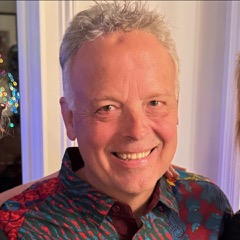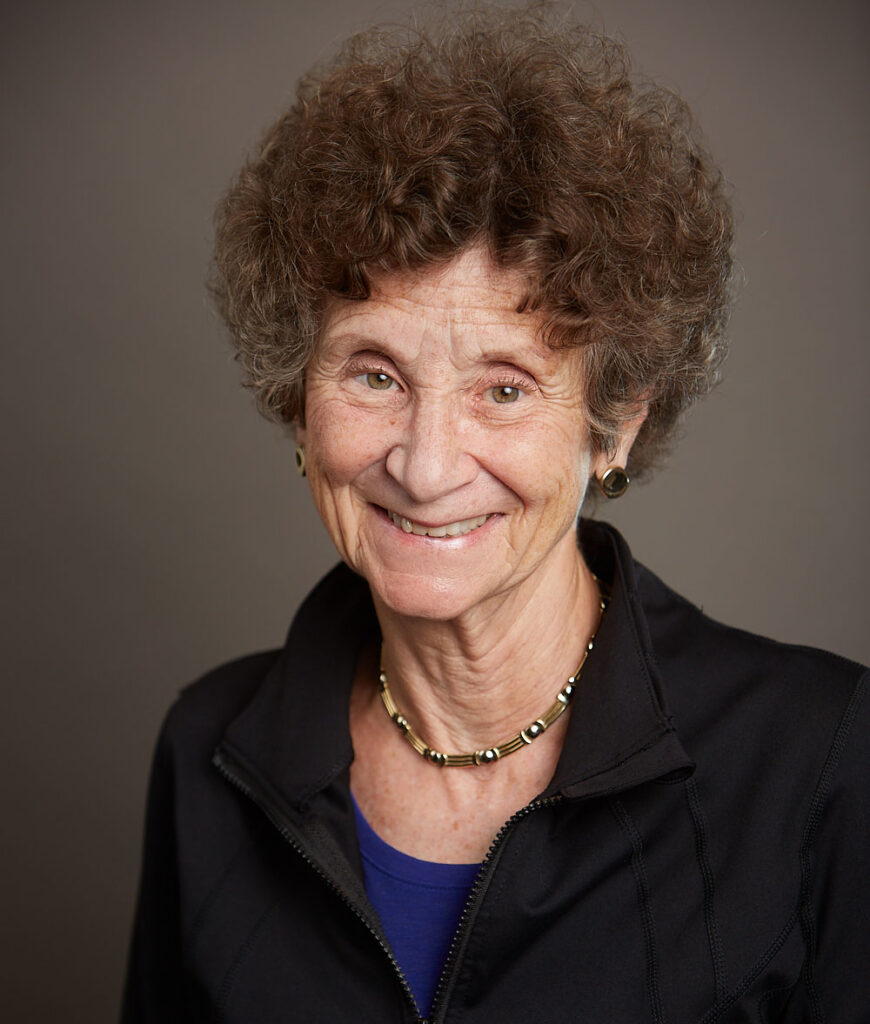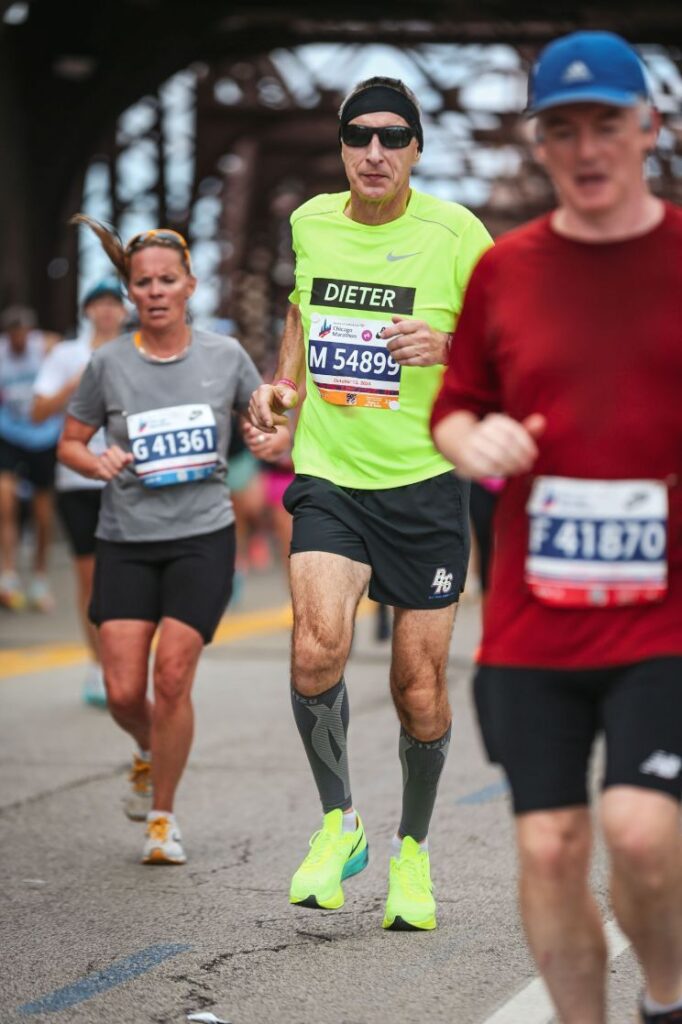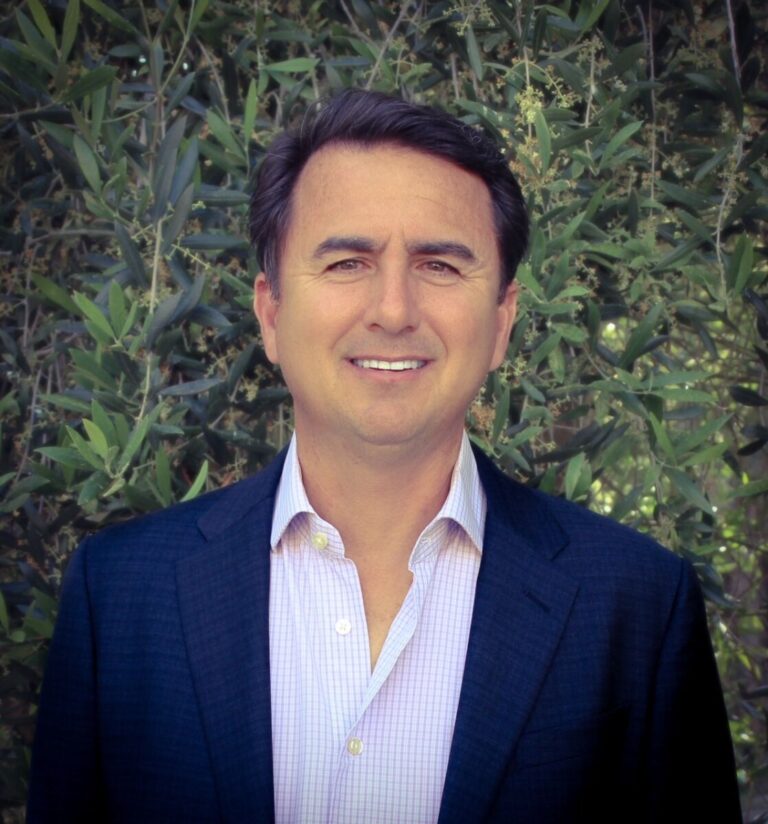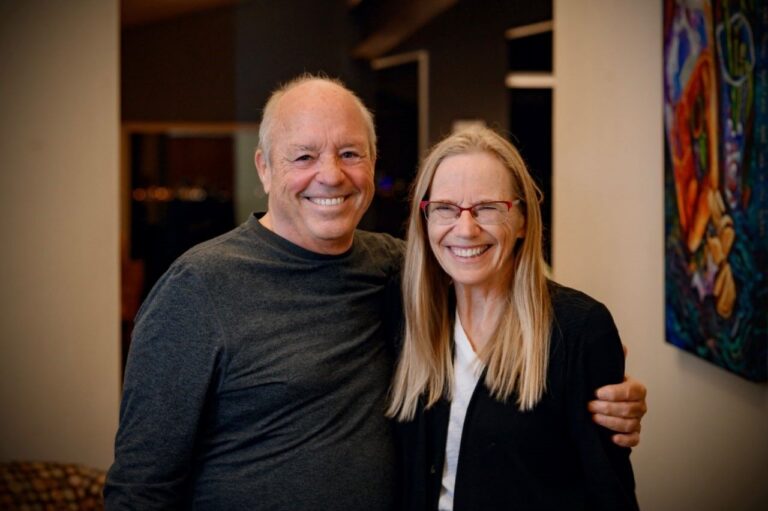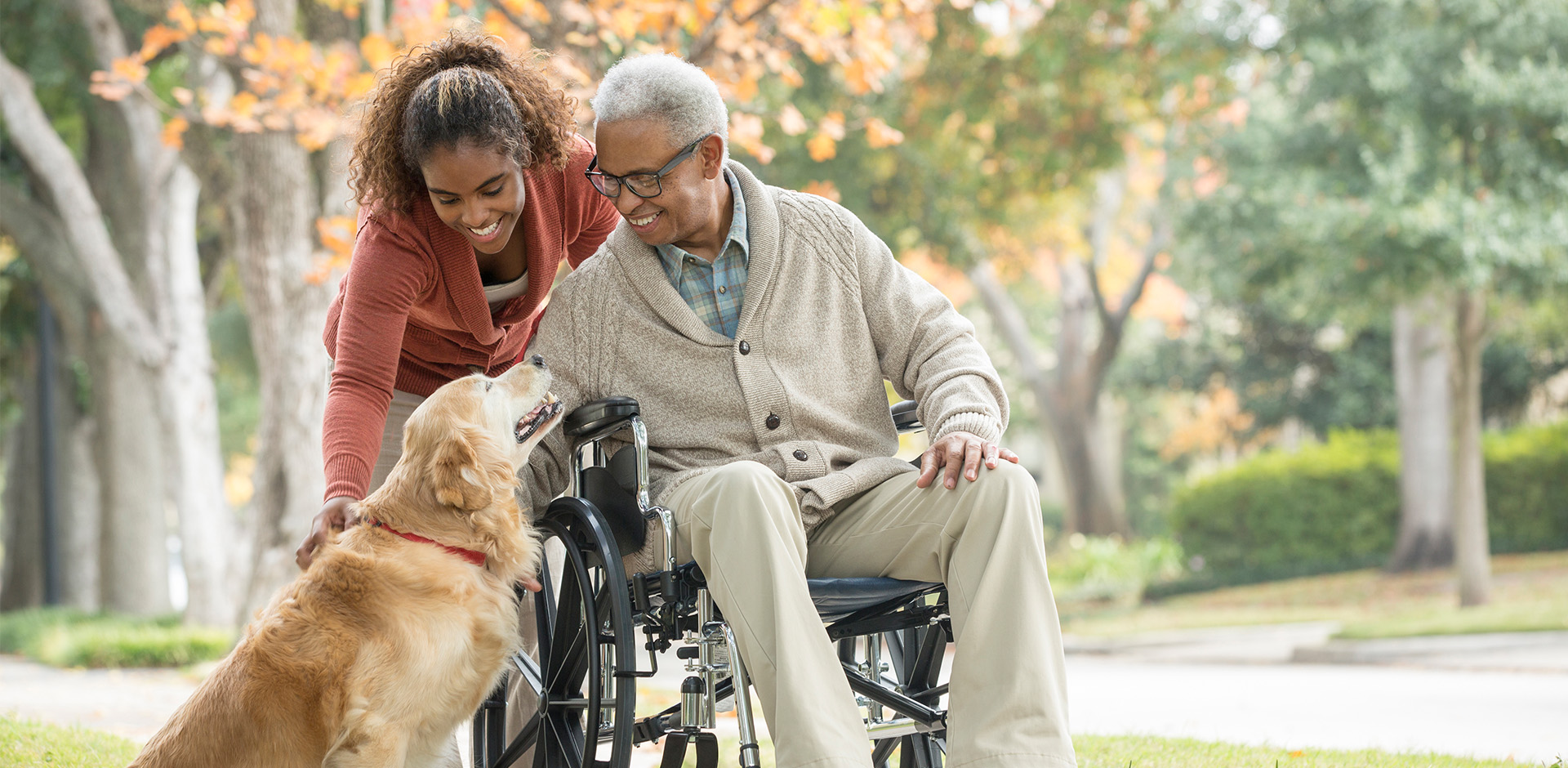Jack Miller: In His Own Words
by Jack Miller, FPN founder and Chairman of the Board
My peripheral neuropathy began to manifest itself sometime around 1994 or 1995, about the time my late wife passed away. It started with pain in my feet, so I began going to podiatrists. Over the course of four years, I went to three or four of them. They examined my feet, had me walking in a straight line, heel to toe, etc. They prescribed specially made arch supports. Nothing helped.
Then I went to an orthopedic surgeon who examined me several times over the course of four or five months. At one examination, he said, “Why don’t you take an electromyography test? It probably won’t mean anything, but you should take it.” The next day I took it, and within minutes after completing it, the doctor who administered it said, “You have peripheral neuropathy.”
That is the first time I had ever heard of this condition, something which started as an annoying pain in my feet and which, over the ensuing years, has taken front stage in a good part of my life. From that point on, PN has become more and more an important component of my daily (and nightly) existence. In checking around, I discovered an organization in New York that focused on this malady so I flew to see them. Through them I found a doctor who was interested in it, and I went to see him. He took blood samples and I didn’t hear from him for months. And when I did, he had no suggestions for treatment or a cure.
I went to a nationally known clinic where I stayed for three days, undergoing a series of tests. Finally at the end of the three days, I met with the head neurologist who said, “Yes, you have peripheral neuropathy, but you will die of something else first.” So, back to my neurologist at home.
By this time, my pain had become pretty severe and was affecting me at night. Often times, when I got into bed, the pain increased and I had to get up and sit in a chair for a few hours until it subsided. Or, I would fall asleep only to awake at 2:00 or 3:00 in the morning because of the pain and then have to sit and read for an hour or so before the pain calmed down.
In 2001 or so, my second wife and I went to a support group to see what we could learn. After an hour of listening to sufferers talk about their pain and exchange information on what medications they were taking, I finally said, “All you folks are talking about is what you are doing to relieve the pain. Why aren’t you talking about finding a cure?”
One of the people answered, “That will take a lot of money. If you are a millionaire, maybe you could do that.” And with that, I started on a long journey. I provided over $6 million to fund a peripheral neuropathy program, seed money to find a cure for PN and I endowed a professorship to a top, local teaching hospital and research center. Over the course of six years no additional funding was raised and the focus of research turned in another direction, and working collaboratively among other institutions was not something that was well received. Therefore I decided to move on.
With that lesson learned, in October of 2007, I hired Pam Shlemon to head up a national foundation as president of the Foundation for Peripheral Neuropathy. Shlemon has gathered some of the most accomplished and dedicated neuroscientists from Johns Hopkins University, Northwestern Medical Faculty Foundation, Beth Israel Deaconess Medical Center-Harvard Medical School and Mount Sinai Medical Center. All are important partnerships.
We created the Foundation for Peripheral Neuropathy Comprehensive Care Clinic at Northwestern and are funding promising research at Johns Hopkins and Children’s Hospital in Boston. We are excited about our future, as we are on the heels of launching our Peripheral Neuropathy Research Registry. This project is the centerpiece of the Foundation’s efforts to facilitate collaborative basic and clinical research studies. We also have embarked on a vigorous public awareness campaign that will bring the much needed attention to this debilitating disorder in order to help raise additional funding for research. And, another urgent aim is the proper education of health care professionals so they are properly diagnosing and treating PN patients.
While all of this was going on, my neuropathy continued to get worse. It was very difficult to walk on the golf course, and my nightly sessions of sleep interruption continue. I had been taking Neurontin (gabapentin) and Temazepam for years and while it may have helped some, it certainly hadn’t reduced the pain significantly.
But one thing did help a lot. At the end of a visit to the PN clinic at Northwestern, the doctor off handedly said, “You might want to try sleeping with a pillow between your legs. Some patients have said that it works.” That night I started doing that, and the results have been very positive. Most nights now, I fall asleep almost immediately, and I seldom am awakened by the pain.
During the entire time I have had PN, I have continued a life-long regime of a strong weight training and cardio vascular program. These days, I use an elliptical machine for the cardio part because running or a treadmill would hurt too much. Some days even the elliptical machine hurts. Doctors have told me that exercise is important for people with PN, but I would have continued it regardless.
During these past few years, my PN has begun to creep up my legs, going from just the feet to the lower calves. It is also beginning to affect my hands slightly. But I just discovered, quite by accident, the most serious development. My PN, which had just been affecting my sensory nerves, had also begun affecting my autonomic nerves, the nerves that control involuntary bodily actions such as breathing, digesting, etc.
I had an appointment to meet some people. When they arrived, I stood up and walked toward them and fainted. I went to the emergency room to be checked out. Over the next five days they checked my brain, my heart and, most importantly, my blood pressure. When I checked into the hospital, my blood pressure was 210 (systolic) while lying down and then dropped to 70 when I stood. The doctors concluded that this was because the autonomic nerves in my legs weren’t contracting enough to push blood up to my heart and brain when I stood.
So now the push is to regulate my blood pressure, which includes yet another pill and the wearing of pressure hose. Also, the doctor wants me to work outs 7 days a week instead of just 5, which I had been doing. (Lucky for me, walking on the golf course counts.)
I am 82 years old. Hopefully they will find better treatments while I am alive to enjoy it. But if they don’t, then perhaps they will find such treatments so others in the future don’t have to put up with the life debilitating problems of PN.

